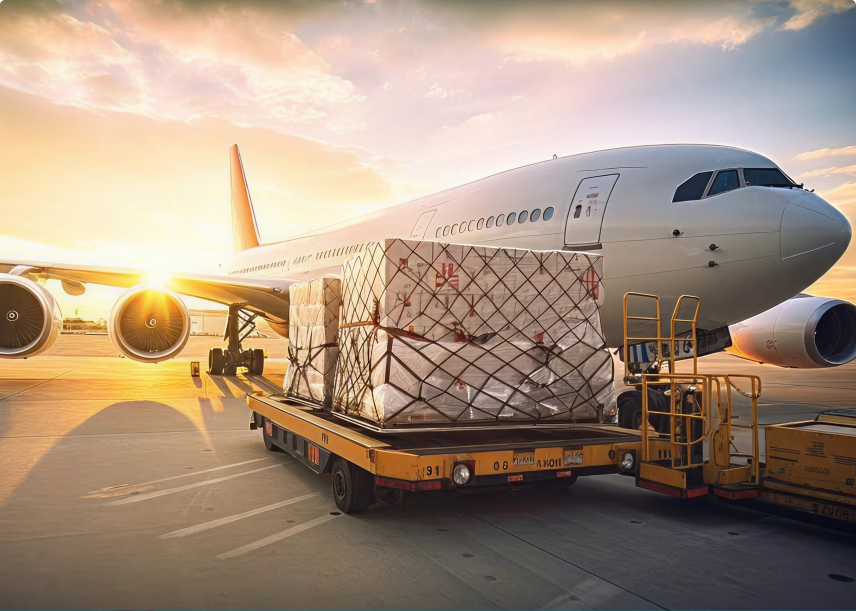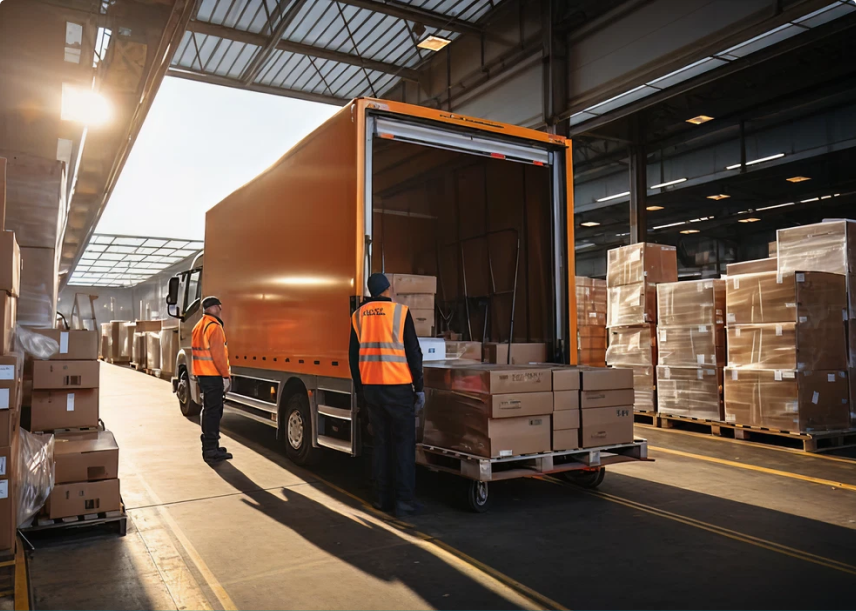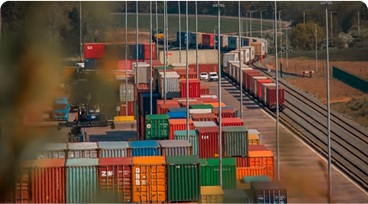
The Rising Role of Saudi Arabia in Global Freight Corridors
How Vision 2030 and Logistics Innovation Are Redrawing Trade Routes
Saudi Arabia is no longer just an oil giant — it’s rapidly becoming a freight and logistics powerhouse. With Vision 2030 as its core, the Kingdom is building one of the most strategic, connected, and tech-powered logistics ecosystems in the world.
From multimodal corridors to AI-powered customs clearance, Saudi Arabia is positioning itself as the gateway between East and West, and logistics providers are playing a critical role in enabling this transformation.
Vision 2030: Logistics Is the New Oil
Vision 2030 isn’t just about economic diversification — it’s about building global trade capability. Over SAR 500 billion ($147 billion) is being allocated to transport and logistics infrastructure through the National Transport & Logistics Strategy (NTLS). And to launch a unified National Logistics Platform (ULNP) to digitize customs and cargo tracking. Position Saudi Arabia as a central transshipment hub for Europe, Asia, and Africa.
Key logistics goals from Vision 2030
- Increase non-oil exports from 16% to 50% of non-oil GDP
- Transform Saudi Arabia into a top 10 global logistics hub
Strategic Infrastructure That Connects Continents
Saudi Arabia’s location — at the crossroads of three continents — is unmatched. But now, Vision 2030 is turning that geographic advantage into freight power. The Land Bridge will reduce port-to-port container transit time by 50%, boosting regional shipping competitiveness. NEOM Airport & Seaport Projects are positioned to serve future mega-industrial zones with dedicated freight rail lines. Dry Ports in Jeddah, Riyadh, Dammam, and King Abdulaziz Port are transforming operations. And border crossing upgrades, like customs clearance, the Saudi Land Bridge under development, and a proposed route connecting the Red Sea (Jeddah) to the Arabian Gulf (Dammam) in 3.5 hours.
More Landmark Logistics Projects:
- King Salman Global Maritime Complex (Ras Al Khair): Largest shipyard in MENA for cargo vessel building, repair, and support
- Red Sea Global Port Expansion: Scaling Jeddah Islamic Port to handle over 15 million TEUs annually
Aligned with the National Freight Vision
As these megaprojects come to life, integrated into this future, providing smart, scalable services to match the demands of a modern, interconnected logistics landscape. Customs Clearance & SABER Experience: Navigating regulatory hurdles quickly and correctly.
Insurance & Warehousing: Protecting and storing cargo with temperature, security, and tracking.
Cross-Border Reach: Serving clients across the Kingdom and outbound to GCC, Asia, and Europe.
What we bring to the corridor:
- Multimodal Freight Solution: Air, sea, and road freight tailored for fast-moving and high-volume clients
- Tech-enabled Movement: Real-time tracking, automated documentation, and smart dispatch optimization
KSA: The MENA Gateway for Multisector Trade
Saudi Arabia’s logistics free zones are expected to handle over 50% of GCC transit cargo by 2028. Saudi Arabia’s upgraded logistics infrastructure is creating ripple effects across industries. Manufacturing & Industrial Sectors are reware mailing import and finished goods export. E-Commerce & Retail see quick cross-border delivery and return handling.
Who benefits:
- FMCG & Pharma: Better cold-chain and regulated transport
- Automotive & Heavy Equipment: Specialized handling with customs and insurance
By partnering with local logistics providers, companies can unlock faster market entry, simplified customs, and reduced lead time, especially important in fast-growth sectors like online fashion or consumer electronics.
Conclusion
Saudi Arabia is no longer just a stop on global supply chains — it’s becoming a central hub. With Vision 2030 investments, trade corridor strategy, and advanced logistics systems, the Kingdom is now an integral link for global logistics expansion. Businesses operating in or through Saudi Arabia can count on a logistics experience that’s not only faster but smarter.




